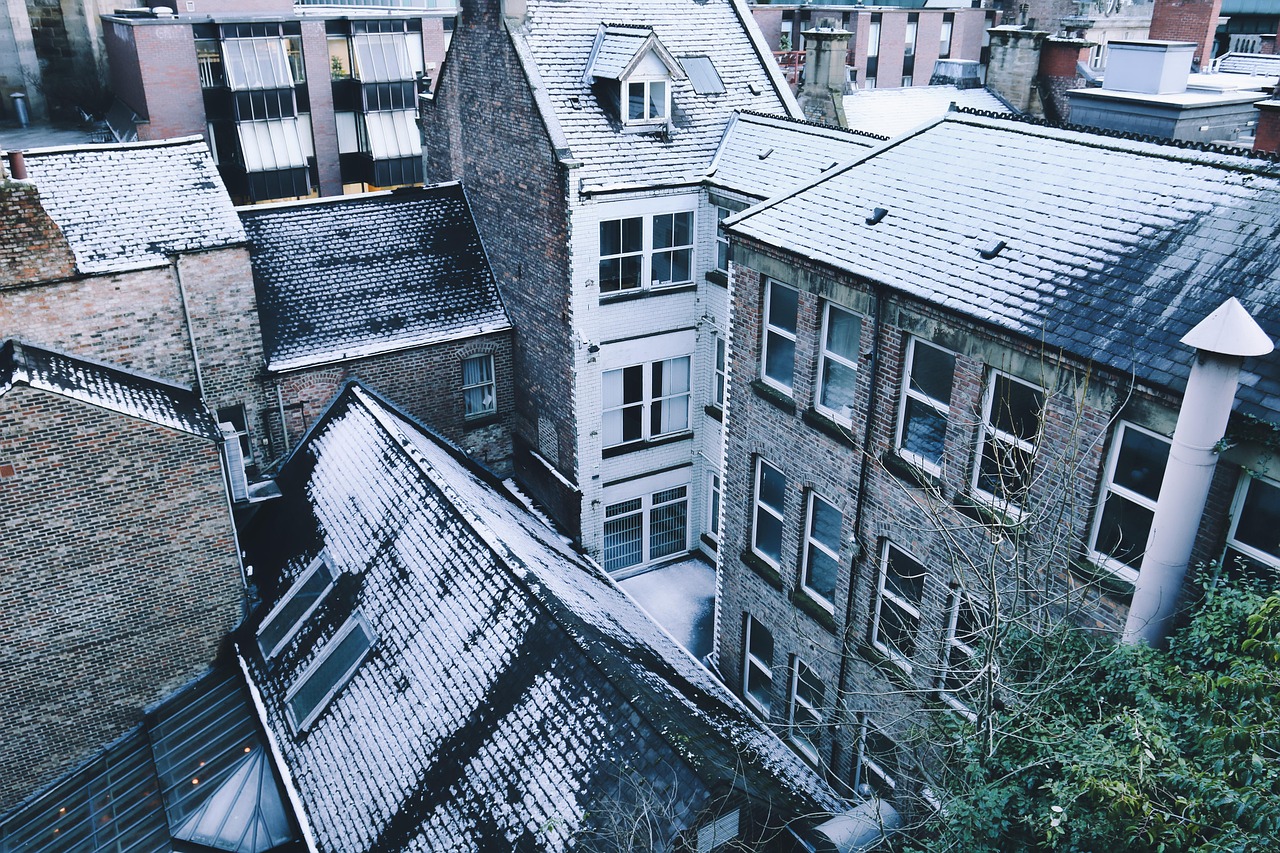
How to Winterize Your Home: Tips for Protecting Your Property
Winter can be harsh and brutal, so winterizing your home is critical to protecting your property from damage caused by extreme weather conditions. Here are some important actions to take to ensure your home is ready for the upcoming chilly months.
Tips for Protecting Your Property From Winter
1. Check and clean gutters to avoid water buildup
Clogged gutters can pose major problems during the winter, such as ice dams and water leaks. To avoid these issues, spend the time cleaning your gutters and downspouts completely. Remove any leaves, debris, or blockages that may be impeding water flow. Consider adding gutter guards to prevent future debris buildup and proper drainage as the snow melts.
2. Prevent pipes from freezing
Frozen pipes can cause substantial damage and require pricey repairs. To avoid this, insulate exposed pipes in unheated spaces such as the attic, basement, and garage. To provide further protection, use foam pipe insulation sleeves or wrap them in heat tape.
During exceptionally cold nights, leave your faucets dripping slightly to keep water moving and limit the chance of freezing.
3. Stop air leaks around doors and windows
Drafts can dramatically lower your home’s energy efficiency, resulting in higher heating bills. Check doors and windows for any gaps. Caulk can be used to seal fractures, as well as weatherstripping on mobile components. This will help to keep warm air inside and cold air out, making the living atmosphere more comfortable during the winter.
4. Service your heating system
Before the winter weather arrives, arrange a professional heating inspection and tune-up. This can increase efficiency, extend the life of your heater, and lower the likelihood of malfunctions throughout the winter. Make sure to update or clean the air filters to ensure peak efficiency during the heating season.
5. Test smoke and carbon monoxide detectors
Safety should always be a concern. Check your smoke alarms and carbon monoxide detectors to check they are working properly. Replace batteries as needed, and consider installing additional detectors in high-risk areas like bedrooms and near gas appliances. It could save lives in the event of an emergency.
6. Insulate the attic and basement
Proper insulation in your attic and basement is essential for maintaining a constant temperature in your home. Examine existing insulation for dampness or damage, and add additional as needed. Insulating these places will assist in lowering heating expenses and avoiding ice dams on your roof.
7. Store outdoor furniture and equipment properly
Snow and ice can cause damage to outdoor furniture and equipment. Before the first snowfall, clean and store these goods in a garage or shed if possible. If you can’t store them indoors, use protective coverings to keep them safe from the outdoors. This will assist in extending their lifespan and keep your yard looking neat all winter.
8. Maintain the landscaping and trim the trees
Inspect your trees and plants before winter arrives. Trim any dead or weak branches to keep them from falling on your house or vehicle when snow and ice accumulate. Also, to keep your yard looking good and pests at bay, rake and remove any fallen leaves.
9. Prepare your snow and ice removal tools
Winter storms can cause hazardous situations. Make sure you have the right tools for snow removal, such as shovels, snow blowers, and ice melt. Keep a supply of salt or sand handy to assist traction on slippery sidewalks and driveways. Learning the finest snow removal procedures will save you time and work as the snow starts to fall.
10. Prepare an emergency kit for winter
Having an emergency pack is essential in the event of severe winter storms or unexpected power disruptions. Your kit should include first-aid supplies, bottled water, non-perishable food, a flashlight, batteries, blankets, and basic tools. Keep this equipment handy in an easily accessible position in your house.
Conclusion
By following these winterizing tips, you may dramatically improve your home’s protection against the harsh winter weather. Not only will you protect your home from potential harm, but you will also enjoy more comfort throughout the cold months. Taking preemptive actions this winter will help you and your property stay safe, warm, and worry-free.
FAQs
How does one fully winterize a house?
To properly winterize a home, clean the gutters, protect the pipes from freezing, seal air leaks, service the heating system, and test smoke and carbon monoxide alarms. In addition, insulate attics and basements, store outdoor furniture appropriately, keep landscaping in good condition, prepare snow removal gear, and stock an emergency kit.
How do you winter-proof your home?
Winter-proofing your home includes sealing windows and doors, insulating pipes, inspecting the heating system, maintaining ventilation, organizing snow and ice removal gear, and verifying that all safety devices work.
How do you winterize your home to prevent pipes from freezing?
To prevent pipes from freezing, insulate them with foam or pipe sleeves, allow faucets to drip during extreme cold weather, and keep cabinet doors open to enable warm air to flow. Maintain a steady temperature in unheated spaces with heaters.